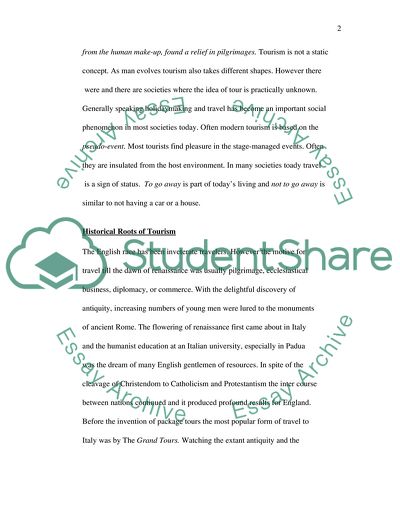Cite this document
(Cultural Tourism Term Paper Example | Topics and Well Written Essays - 4750 words, n.d.)
Cultural Tourism Term Paper Example | Topics and Well Written Essays - 4750 words. Retrieved from https://studentshare.org/tourism/1703911-what-are-the-implications-of-cultural-tourism-for-host-communities-discuss-with-reference-to-specific-examples-and-competing-critical-positions
Cultural Tourism Term Paper Example | Topics and Well Written Essays - 4750 words. Retrieved from https://studentshare.org/tourism/1703911-what-are-the-implications-of-cultural-tourism-for-host-communities-discuss-with-reference-to-specific-examples-and-competing-critical-positions
(Cultural Tourism Term Paper Example | Topics and Well Written Essays - 4750 Words)
Cultural Tourism Term Paper Example | Topics and Well Written Essays - 4750 Words. https://studentshare.org/tourism/1703911-what-are-the-implications-of-cultural-tourism-for-host-communities-discuss-with-reference-to-specific-examples-and-competing-critical-positions.
Cultural Tourism Term Paper Example | Topics and Well Written Essays - 4750 Words. https://studentshare.org/tourism/1703911-what-are-the-implications-of-cultural-tourism-for-host-communities-discuss-with-reference-to-specific-examples-and-competing-critical-positions.
“Cultural Tourism Term Paper Example | Topics and Well Written Essays - 4750 Words”, n.d. https://studentshare.org/tourism/1703911-what-are-the-implications-of-cultural-tourism-for-host-communities-discuss-with-reference-to-specific-examples-and-competing-critical-positions.


